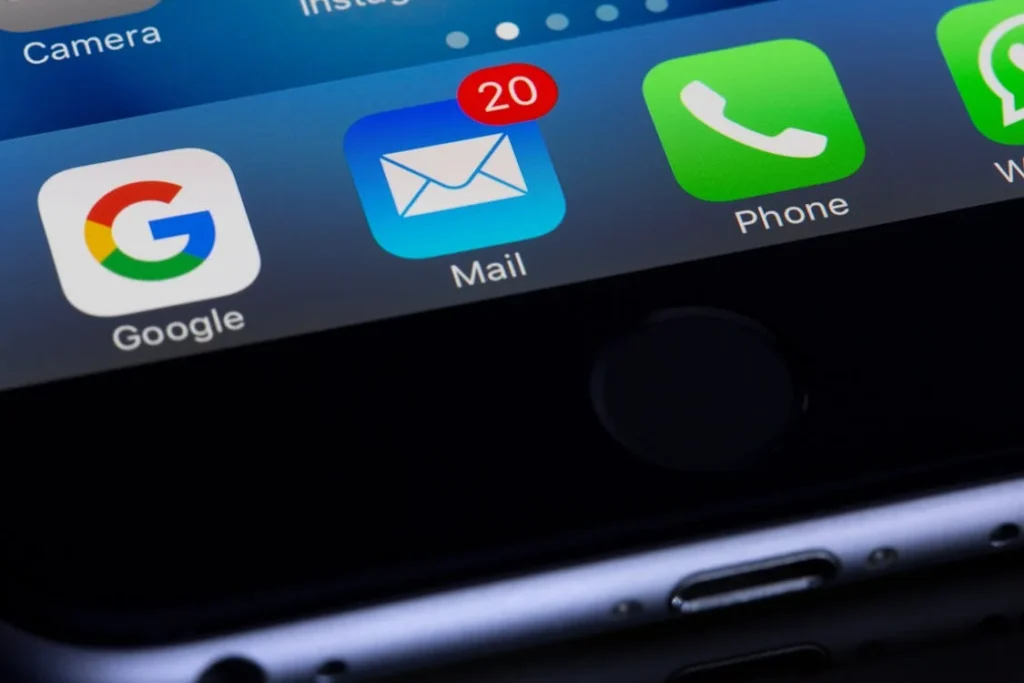Email marketing is one of the most powerful tools in the world of digital marketing. Despite new communication methods like social media, instant messaging, and push notifications, email remains a strong contender when it comes to connecting businesses with customers.
Over 3.9 billion people use email, making it the most direct and personal way to reach customers. So, it allows you to engage with them in their own space — their inboxes. Email offers an excellent opportunity to turn potential customers into loyal ones. But the key to successful email marketing is knowing how to create engaging emails that lead to conversions.
In this guide, we will walk you through the best practices for email marketing engagement. Whether you are new to digital marketing or have been doing it for years, these tips will help you craft effective email strategies.
Is Email Still Important in Digital Marketing?
Yes, email is very important! Despite the rise of other platforms, email is still highly effective. In fact, it provides a return on investment (ROI) of $44 for every dollar spent. So, this is one of the highest ROIs in the world of marketing.
While social media and push notifications have their place, they cannot replace the impact of email. Also, email allows businesses to reach customers directly, making it easier to convey important information and engage with audiences on a more personal level.
What Makes Email Marketing So Effective?
- Email is personal:
Email gives you the chance to speak to your customers directly. Whether you are sending a promotion, a product update, or helpful information, email helps build a relationship between your brand and your audience. - Emails can be personalized:
Email marketing platforms allow for customized content based on user behavior, demographics, and preferences. Additionally, you can send targeted emails that are much more likely to be opened and acted upon. - Email reaches a global audience:
No matter where your customers are, email can reach them. Also, with automated tools, you can even ensure emails are sent at optimal times based on each recipient’s time zone.
The Key Elements of Successful Email Marketing
Crafting a successful email campaign involves several critical elements. So, below are the best practices for making your email campaigns more effective.
1. Segmenting Your Audience
The most successful email campaigns are those that target specific groups of customers. This is called segmentation. Instead of sending the same email to everyone, segmentation allows you to send personalized content based on customer behavior, preferences, and demographics.
Here are some ways you can segment your email lists:
- One, By Demographics: Age, gender, location, and job title are all great ways to segment your audience.
- Two, By Behavior: How customers interact with your brand, such as purchase history, website visits, or past email engagement.
- Three, By Engagement Levels: Tailor your messages to customers based on how often they open or click your emails. For instance, send special offers to your most engaged subscribers.

2. Creating Engaging Subject Lines: Email Marketing
The subject line is the first thing your audience sees, and it is often the deciding factor in whether they will open your email or not. Also, a strong subject line grabs attention and gives recipients a reason to open the email.
Here are some tips for writing a compelling subject line:
- Be clear and concise: People skim their inboxes quickly, so your subject line should get to the point.
- Create urgency: Use phrases like “Limited time offer” or “Only a few hours left” to encourage action.
- Ask a question: This engages the reader and piques their curiosity, prompting them to open the email.
- Personalize the subject line: Mention the recipient’s name or something specific to their interests.
3. Sending the Right Content at the Right Time
Timing is key when it comes to email marketing success. Sending the right message at the right time ensures that your audience is most likely to engage with it.
- Welcome emails: Send an email to greet new subscribers as soon as they sign up. So, this helps build an immediate connection.
- Triggered emails: These are sent based on specific actions taken by your users. For example, send an email to remind someone about an abandoned cart.
- Regular updates: Keep your customers informed with newsletters or product updates, but do not overwhelm them with too many emails.
4. Use Visuals to Enhance Engagement: Email Marketing
While the text of your email is important, images and visuals can greatly enhance engagement. Also, well-designed emails with relevant images, buttons, and graphics are more likely to hold the reader’s attention.
- Include images of products or services that directly relate to the recipient.
- Use clear, bold call-to-action (CTA) buttons like “Shop Now” or “Learn More” to guide the reader towards taking an action.
- Make sure your design is mobile-friendly. Most users will open emails on their phones, so your design should adapt to different screen sizes.
5. Personalization is Key
Personalization goes beyond just using a recipient’s name. Additionally, it involves tailoring the email content to the user’s specific needs, interests, and actions.
Some personalization tactics include:
- Dynamic content: Change the content of the email based on the recipient’s preferences or previous interactions with your brand.
- Recommendations based on behavior: Suggest products or services similar to what the customer has browsed or purchased before.
- Location-based personalization: Customize your emails to suit the geographical location of your customers. So, this could be anything from offering deals available in their area to using local language.

6. Measure and Optimize Your Campaigns: Email Marketing
To improve your email marketing performance, you need to track the right metrics. Here are a few important ones to keep an eye on:
- Open rate: The percentage of recipients who open your email. A low open rate may suggest that your subject line needs work.
- Click-through rate (CTR): The percentage of people who click on a link in your email. If this is low, your content or CTA may need to be more compelling.
- Conversion rate: The number of recipients who completed the desired action (e.g., made a purchase, signed up for an event).
- Unsubscribe rate: If this number is high, you may be sending too many emails or your content may not be relevant to your audience.
FAQs about Email Marketing
- What is the ideal email frequency for marketing?
It depends on your audience, but sending emails once a week or bi-weekly is usually a good balance. Make sure to test different frequencies and monitor engagement to see what works best for your audience. - How do I increase my email open rates?
Focus on crafting engaging subject lines that grab attention. Personalization and segmenting your email list also play a big role in improving open rates. - What should I include in my email newsletters?
Your newsletters should contain a mix of valuable content like company updates, industry news, helpful tips, and promotional offers. Ensure that the content is relevant to your audience. - How do I avoid my emails going to spam?
Make sure your email list is opt-in only, meaning people have explicitly signed up to receive your emails. Also, avoid using spammy phrases like “Buy now!” or “Act fast!” in your subject lines. - What is the most important part of an email?
The most critical part of any email is the subject line because it determines whether or not your email gets opened. Followed closely by the call-to-action (CTA), which directs your audience to take the desired next step.

Conclusion: Email Marketing
Email marketing remains one of the most effective tools for engaging customers and driving conversions. By following the best practices outlined in this guide—like segmentation, personalization, and measuring key metrics—you can ensure that your email campaigns are optimized for success. Remember, the key to great email marketing is understanding your audience and consistently providing them with valuable content.
So, start implementing these strategies today to improve your digital marketing efforts and foster lasting relationships with your customers!








